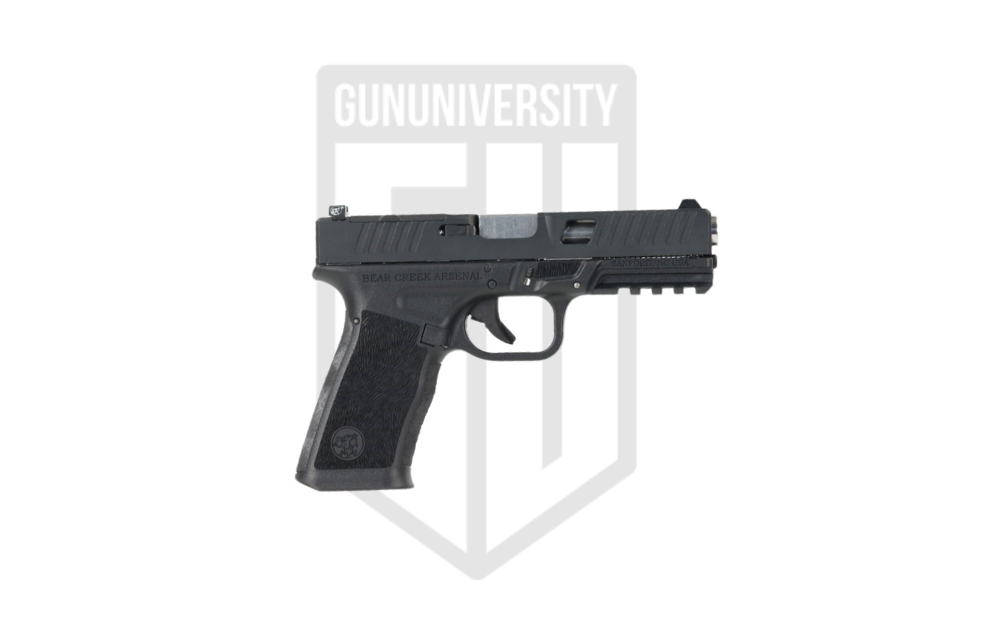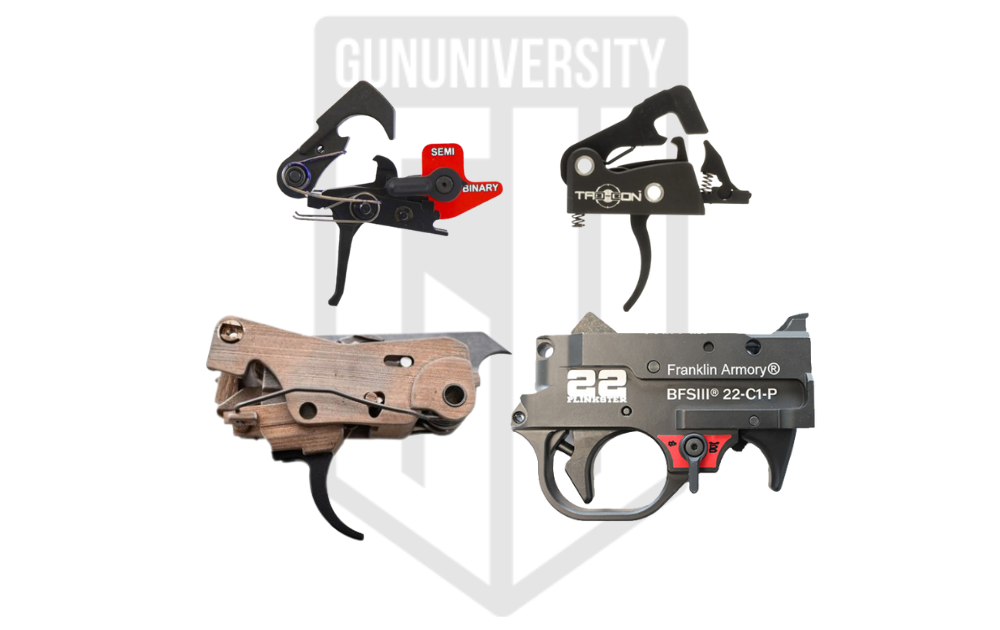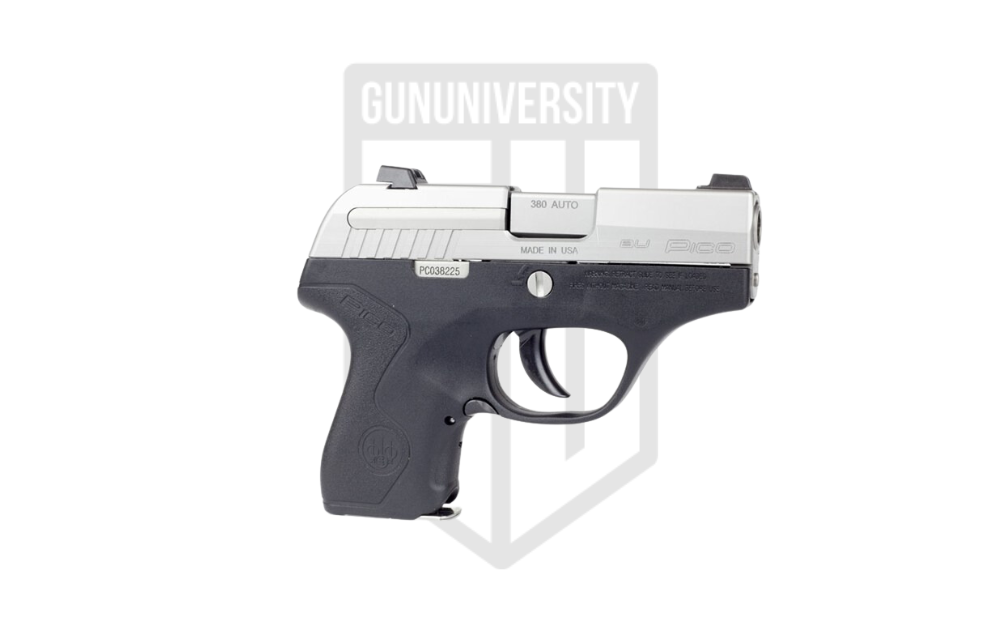How to Cast and Blast
Is there really such a thing as too much of a good thing? I love hunting almost as much as I love fishing – so why not combine them both for a Cast and Blast?
When I originally heard the term “cast and blast” years ago, my first assumption was that it was a hunting/fishing trip where different parts of the day were split between bird hunting and fishing. I assumed the bird hunting was done during the early hours and then the rest of the day was spent fishing. Seems legit, right?
And truth be told, some trips are like that. Sometimes there’s travel between where you’re duck hunting and fishing so the day is divided between the two.
And even though most hunters would define it as a combination of fishing and bird hunting, there are outfitters all over promoting cast and blast trips as any gun hunting trip combined with fishing. Imagine going out west, spotting and stalking a mule deer, and then fly fishing at a nearby mountain stream for a beautiful cutthroat trout.
Some take the cast and blast as literally as possible. Instead of breaking the day into separate parts for fishing and bird hunting, a real cast and blast combines both at the same time. Now imagine holding your fly rod or spinning rod and reeling in a monster trout, and just as you get the fish to the net, you see some ducks flying in. Your buddies call them in while you drop the fishing rod, grab your trusty shotgun and send some lead flying.
Honestly, it doesn’t matter which definition you use, they all sound like a fun time to me.
Cast and Blast History
The term “cast and blast” developed as a colloquialism over time. Nobody really knows who first coined the term. And while it has only become a common reference in modern hunting vernacular in the last few decades, I think it’s safe to say that hunters have been combining hunting and fish for a very long time.
We have historical records of the Lewis and Clark expedition hunting and fishing their way through the American frontier in the early 1800s. The members of their party included native american guides and rugged frontiersmen who were skilled hunters as well as fishermen.
We also have records that they took an abundance of hooks, hand reels, fishing lines, and other tackle on the trip. And although we don’t have any direct records of a Lewis and Clark doing a proper cast and blast, I think it’s pretty safe to assume there was definitely some casting and blasting going on.
Why Go on a Cast and Blast?
First of all, it just makes sense that two good things are better than one. So combining a duck hunt or a big game hunt with reeling in a few lunkers takes a great experience to a new level by doubling it up.
And if you think about it, it’s really a better use of time and money. Most hunts are done during short windows of time. Where it’s the early morning hours or the evening twilight, most of the action is limited to a short time period. So it just makes sense to fill up the rest of the day by casting a line.
Where can I cast and blast
So where’s the best place to cast and blast? The answer is this – you can cast and blast pretty much wherever water meets land. It can be as simple as throwing out some duck decoys in a farm pond in Iowa, and then reeling in largemouth bass while you wait for ducks to come in. Or it could be an exotic trip to Argentina chasing doves and Golden Dorado monsters.
Alaska is a great place for a cast and blast with their abundant population of sitka deer, ducks, and salmon, steelhead, and trout. Instead of planning two separate trips for hunting and fishing, you’re able to double up on a single trips that can actually save on travel costs.
A good cast and blast can also be in salt water as well. In the low country marshes of South Carolina, the cast and blast consists of “reds and rails”. That is, Redfish and Marsh hens, also known as rails.
There are also a handful of places along the Texas gulf coast where you can hunt turkey, whitetail deer, and quail. After that you can switch gears to head to the nearby coast to complete the cast and blast by chasing jack crevelle and pompano.
These are just a few of the options out there to double up your fun on a cast and blast. Wherever you are, the odds are that you are probably within a few hours driving distance to a great location.
Best shotguns for cast and blast
So if a cast and blast usually means bird hunting, then that means shotguns. So which shotguns do we suggest for your cast and blast?
Benelli Supernova Review – https://gununiversity.com/benelli-supernova-review/
Browning Cynergy CX 12 Gauge
Best fly rods for a cast and blast
If you’re a hunter who’s looking to go on a cast and blast trip and don’t have a fly rod, we’ve got two suggestions for you. One is for freshwater fishing, and the other is for saltwater fishing.
- Freshwater Fishing
Orvis Clearwater Fly Rod Outfit
Orvis is a great American company that has been providing high quality fly fishing gear for over 100 years. If your grandpa liked to flyfish, there’s a good chance he used Orvis gear.
The Orvis Clearwater outfit includes a Clearwater rod, a reel, fly line, leader, and a rod case. It’s basically everything you need to go fishing. But what makes this outfit better than others is the quality that you get for the money. The 9 foot 5 weight model will cover most of the freshwater situations.
While most all-in-one kits use cheaply made entry-level gear, the Orvis Clearwater outfit uses quality components that are a step above entry level. The high end fly fishing gear can get extremely expensive, but this outfit occupies a nice middle ground with a solid performing rod and reel that won’t completely break the bank.
If you’d like to learn more about the best fly gear to use, check out the fly rod and reel reviews over at RhythmFlyFishing.com.
- Saltwater Fishing
Redington Field Kit – Saltwater flats setup
Redington is a company based in the Pacific Northwest that provides quality fishing gear for a great price. They recently released a few different all-in-one kits utilizing various models to suit just about every fishing situation. For your saltwater cast and blast I recommend the Redington Field Kit in the Saltwater flats setup.
Bigger water means bigger fish, and that means you need bigger tackle. So while the 5 weight will cover you for most freshwater situations, for saltwater I would suggest the 9 foot, 8 weight setup. The kit combines the beefy fast action rod, plus the Behemoth reel which has the strongest drag Redington makes for strong stopping big toothy saltwater critters.
Also included is high quality Rio fly line and 12lb leader and a cordura rod tube. It has everything you need to get going.
Just like the Orvis freshwater setup, this kit also stands above the others because the components are a step above entry level and actually include a rod and reel that will last a long time and will perform better than the others. And all of this comes at a very fair price.
Best fishing rods for cast and blast
If fly fishing isn’t your thing, then we’ve still got you covered. Here are a few recommendations for spinning rod setups for your cast and blast.
- Freshwater
Abu Garcia MLF Spinning Combo:
https://www.basspro.com/shop/en/penn-fierce-iv-live-liner-spinning-combo
- Saltwater
Penn Fierce IV Live Liner Spinning Combo
https://www.basspro.com/shop/en/penn-fierce-iv-live-liner-spinning-combo
Recent Posts
July 27, 2024
July 26, 2024
July 25, 2024

![The Best Shooting Ear Protection in 2024 [Tested]](https://gununiversity.com/wp-content/uploads/2021/09/best-shooting-hearing-protection.jpg)


